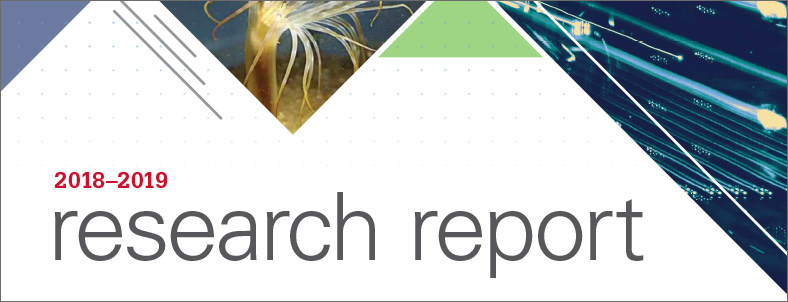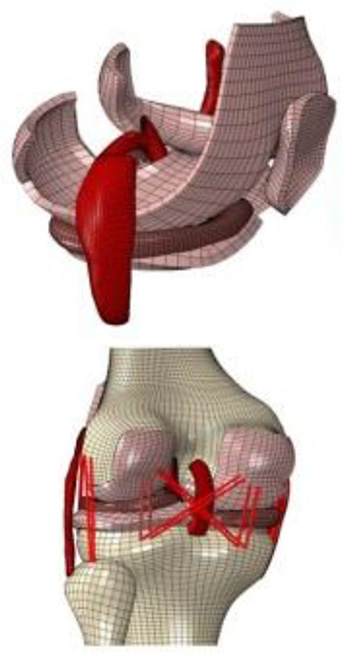Sports enthusiasts know when a player is sidelined holding their knee, that “ACL” are the season-ending letters no one wants to hear. According to the American Academy of Orthopedic Surgeons, there are over 127,000 anterior cruciate ligament tears in the United States each year. Despite preventative measures and identifying ways to reduce the risk of an anterior cruciate ligament (ACL) tear or rupture, the rate of ACL reconstruction cases has increased over the last 30 years. The University of Toledo’s (UT) Distinguished University Professor Vijay Goel has set out to reduce the rates of ACL tears with a novel ACL injury risk assessment protocol.
Goel and his team developed their protocol through in vivo, in vitro and in silico testing, using both cadaver and simulations to test several types of strains on the ligament. This project was pursued in collaboration with Dr. Tim Hewett, Ph.D., and his team from the Mayo Clinic.
“It is generally agreed that risk factors for and casual factors of ACL injury can be anatomic, neuromuscular or biomechanical in nature,” Goel said. “Despite multiple ACL injury studies that have successfully identified these risk factors, only moderate progress has been made toward clinically applicable integration of multiple risk factors into risk assessment protocols.”
Goel’s group is bridging this gap with the simulation approach and a finite element analysis that accounts for violent movements in all three planes of motion on the knee. They hope to develop a risk continuum that accounts for knee abduction movement, the knee moving away from the body’s midline; anterior tibial shear force, pushing against the front of the lower leg; and internal tibial rotation movement, the lower leg twisting toward the body midline.
The team uses ABAQUS Dynamic to run large amounts of data for each model on the Owens Cluster at the Ohio Supercomputer Center (OSC).
“All our jobs must be run in parallel and with multiple nodes to speed up the process and get the desired results,” Goel said. “Without the power of OSC, we would not be able to develop this protocol in the time we want to.”
Goel is also the co-director of UT’s Engineering Center for Orthopedic Research Excellence (E-CORE), where students are using hightech approaches, including accessing high performance computing resources, to improve patient’s quality of life. Goel received the Ohio Faculty Council Technology Commercialization Award from the Ohio Department of Higher Education last year for his technology commercialization efforts.
____________
PROJECT LEAD // Vijay Goel, Ph.D., University of Toledo
RESEARCH TITLE // Finite element models of the knee joint to investigate ACL injury mechanisms
FUNDING SOURCES // National Institutes of Health, Mayo Clinic
WEBSITE // utoledo.edu/engineering/ecore

